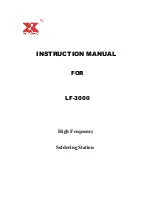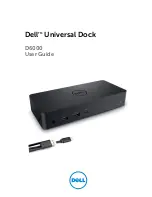
29
b) (Rechargeable) batteries
• Correct polarity must be observed while inserting the (rechargeable) batteries.
•
(Rechargeable) batteries should be removed from the device if it is not used for a long
period of time to avoid damage through leaking. Leaking or damaged (rechargeable)
batteries may cause acid burns when in contact with skin. Always use suitable protective
gloves to handle damaged (rechargeable) batteries.
•
(Rechargeable) batteries must be kept out of reach of children. Do not leave (rechargeable)
batteries lying around, as there is a risk that children or pets may swallow them.
• All (rechargeable) batteries should be replaced at the same time. Mixing old and new
(rechargeable) batteries in the device can lead to (rechargeable) battery leakage and
device damage.
•
(Rechargeable) batteries must not be dismantled, short-circuited or thrown into fire. Never
recharge non-rechargeable batteries. There is a risk of explosion!
c) Persons and Product
• Do not block any of the ventilation openings or cover the product.
• This product is intended for domestic use only. It is not intended for commercial,
mechanical or industrial use. No warranty will be provided if the weather station is used in
a commercial, mechanical or industrial setting.
• The outdoor sensor is designed for outdoor use. However, it should not be used
underwater.
• Only use the product in temperate climates, not in tropical climates.
• Do not use this product in hospitals or near to medical equipment. Although the outdoor
sensor transmits relatively weak radio signals, they may cause life-support systems to
malfunction. This also applies to other equipment.
• In schools, educational facilities, hobby and DIY workshops, the product must be operated
under the responsible supervision of qualified personnel.
d) Electrical safety
• Only power the product using the power adapter that came with the weather station.
• Only connect the power adapter to a standard mains socket connected to the public
supply. Before plugging in the power adapter, check whether the voltage stated on the
power adapter complies with the voltage of your electricity supplier.
• This device was constructed according to protection class II. Only a standard mains
socket (230 V/AC, 50 Hz) connected to the public supply net may be used as a voltage
source.
















































